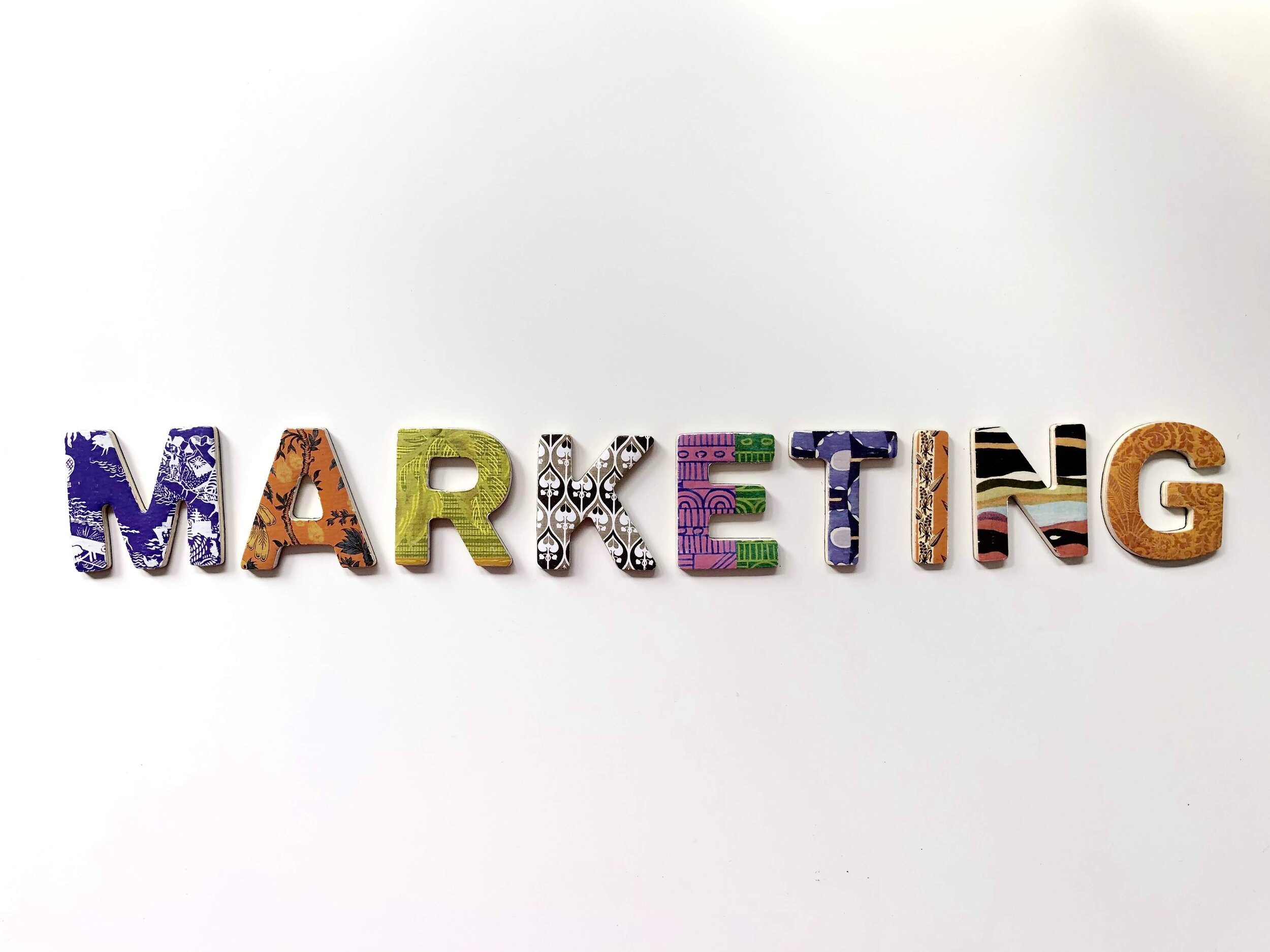Effective Marketing Communications For Fashion, Beauty & Lifestyle Brands
The first mistake fashion brands make is they don’t have a single brand message; or what a marketer would describe as a ‘differentiated offer’ i.e. a reason why a consumer should buy their product over another brand.
Unfortunately consumers are fickle and they are busy going about their daily lives. If you want them to take notice of your brand tell them what you offer and keep it simple. If you keep things simple, creative or intelligent and inspiring they may reward you with their attention.
When you solve a customer’s problem they will be even more likely to take notice. The first step of marketing communications is to have a single brand message that enough customers care about. Your brand message can be implicit (understood through strong visuals) or explicit (with a slogan that spells things out). Only after you have clarified your brand message, can you start thinking about marketing communication.
These days to cut through the noise your brand message has to be communicated 360 degrees at every consumer touch point. In the case of a brand like Nike, who’ve spent billions of dollars communicating their brand message - they have the budget to use print, their store environment, TV, product placement, brand ambassadors, event sponsorship and more recently a plethora of online platforms. Whether like Nike you have a million dollar budget or you have a modest budget, before developing marketing communications first think about what you want your consumer to understand about your brand. Then choose the correct media to target your market nice and put your advertising dollars behind those identified platforms.
If customers are digitally savvy and spend time on social media deliver them a mixture of free content of value and branded paid for content. If they read fashion magazines and blogs, try to research the most cost effective way of advertising using these platforms. Whether it is free editorial coverage if you have something that is PR worthy and a friendly journalist is willing to cover your story, or a collaboration on a giveaway / competition. Magazines, especially the online editions, may be open to such collaborations. Think of all the media your potential target market consumes, places they visit, or platforms they interact with on a daily basis and plan an advertising strategy based on how far your budget will stretch. Think customer, product, margin and cost in order to select the right medium.
Promotion encourages is an easy way to develop a ‘call to action’ strategy. These are tools to move your target market to take the first step towards either finding out more about the brand, visiting a store or website, or making a purchase. Call to actions are often forgotten but are critical to success so that they should be given time and consideration.
Your promotional strategy should fit your brand positioning and brand message. For example, your customers may expect lots of discounts from an online store selling affordable fashion. Those same customers may become suspicious of a Social Enterprise that is always pushing discounts.
Why? Some people support social brands for altruistic purposes, they want to feel good by giving back, so hard sell discounts may not go down well with this customer segment. Instead, expertly timed discounts or promotions such as free shipping or gift with purchase, linked with special events or festivals would be more appropriate. Promotions that encourage customers to tell their friends, buy more than one product or try your product for the first time are also critical to your strategy’s success when you launch.
Even in the era of digital marketing more and more customer's expect branded experiences these days, so they are central to your brand’s success. These are real world events that can bring your brand to life by demonstrating your brand message in a tangible way. Giving customers a chance to interact with your company, not just from a product perspective but offering a chance to immerse themselves in your brand story in the physical world, can be a great opportunity for customers to experience and test merchandise and understand your brand values.
Joseph Pine and James Gilmore’s Experience Economy model is a framework that explains the different ways you can create memorable events for your customers that adds value to your brand. The dimensions include creating events that Educate, Entertain, or events that are Aesthetic or Escapist. Workshops, seminars, talks with experts, meet and greet sessions with brand ambassadors are all branded experiences that can help you connect with your customers. Of course these experiences should all leverage customers love of posting on Instagram so make sure you make it easier for people to share your content or give them a 'grammable' spot in the real world.
If you would like to know about creating an integrated marketing strategy for your brand get in touch!
I host monthly workshops that are budget friendly and suitable for new businesses testing the waters or arrange a one-to-one advice sessions starting with a complimentary 20 minute online call.
Get in touch anisa@anisajohnny.com
Areas of expertise: Fashion Educator I Sustainability I Branding I Social Entrepreneurship
Podcast: Fashion Hub Singapore
Connect: Linkedin

